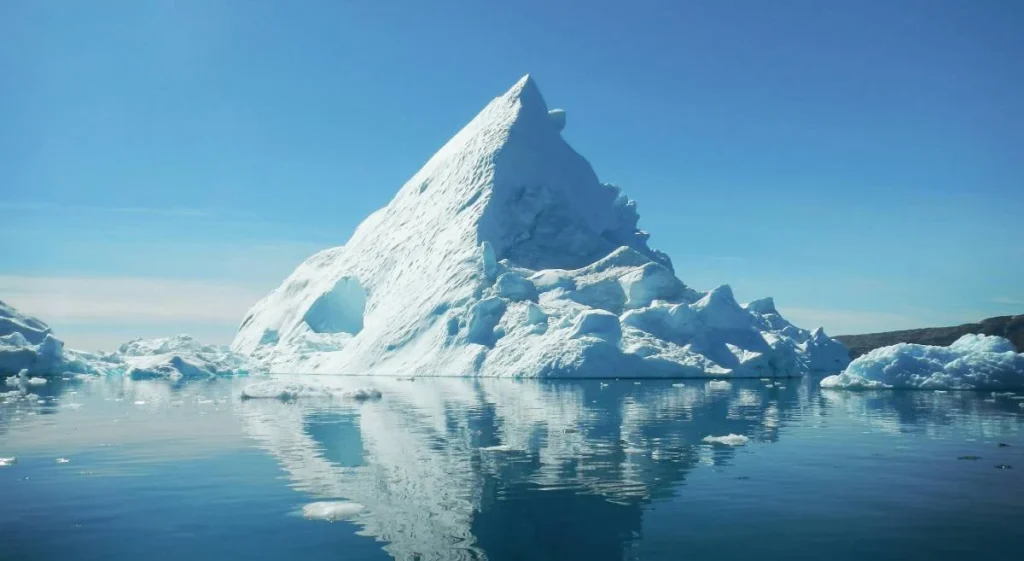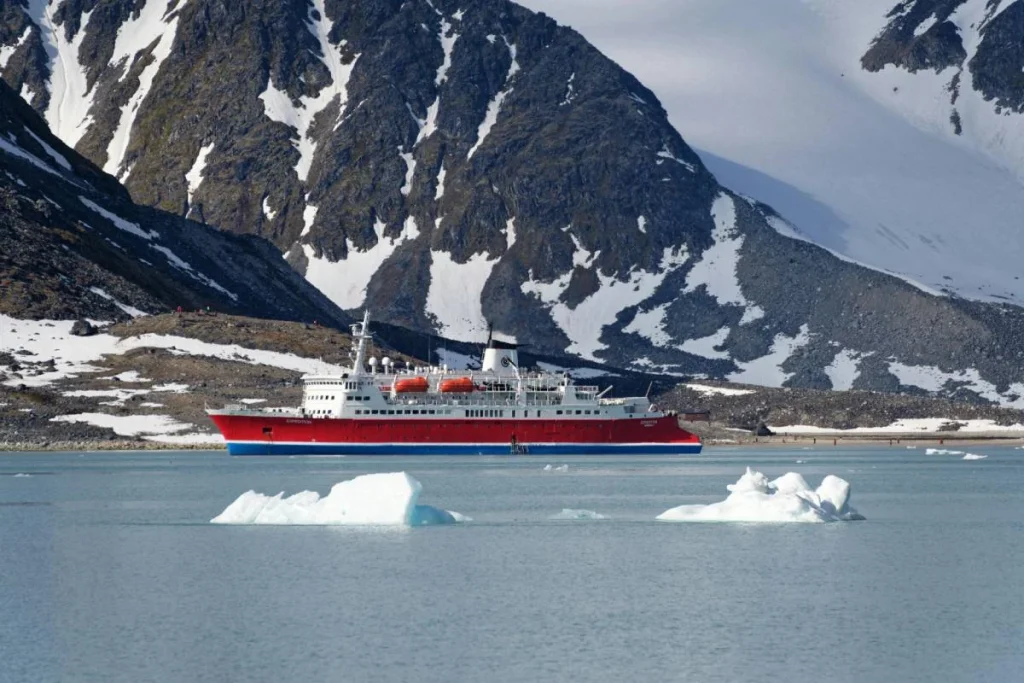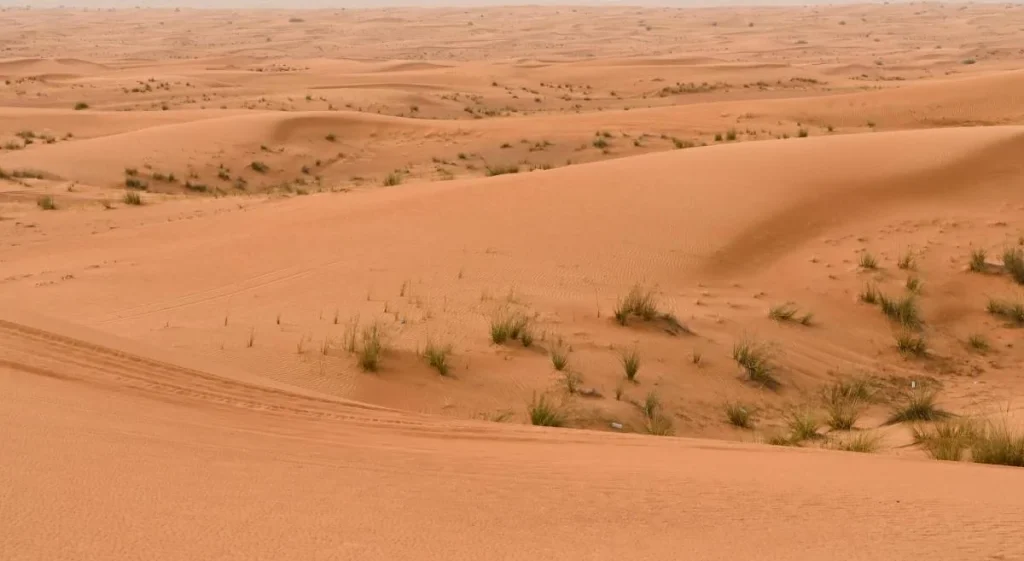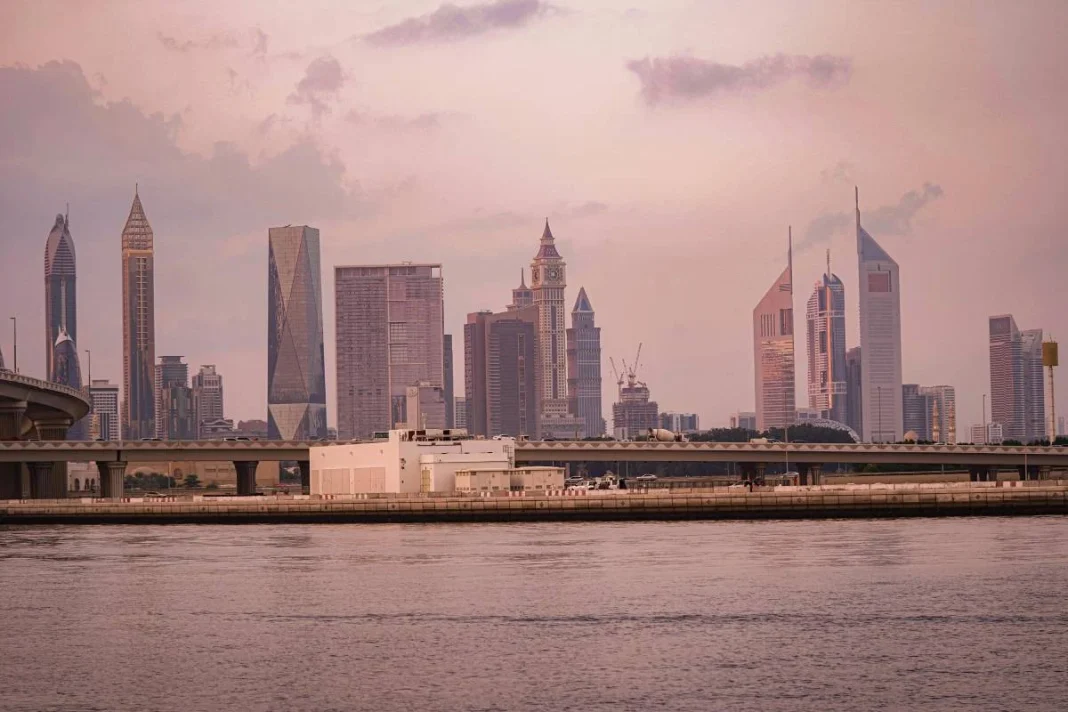An iceberg in the middle of the desert was the ambitious plan announced in 2019 that failed to materialize in the United Arab Emirates. An iceberg in such a hot and arid climate seems like part of a futuristic science fiction scene, yet it was promised as a solution to the drought in these territories.
In these areas, the lack of precipitation is one of the main concerns, along with water scarcity. On average, rainfall in the United Arab Emirates reaches 120 millimeters annually, making this ambitious plan seem plausible if it were viable. This is why businessman Abdulla Alshehi claimed it was possible to transport these ice chunks and install them in these locations to tackle this issue.
What is Abdulla Alshehi’s strange project to bring icebergs to the United Arab Emirates?

It will be a more economical and eco-friendly project to use the water from icebergs not only for the United Arab Emirates but also for the whole world, explained at the time the millionaire who tried to explain to the world how this outrageous plan would work and had a clear objective. An environmental impact assessment was carried out, and it shows a minimal impact on the ecosystem, as well as on the environment, he assured in an interview with Euronews at that time.
The plan was quite clear and involved moving a portion of an Antarctic iceberg to Cape Town (South Africa) or even Perth (Australia). The aim was noble and promised to resolve the problem and adverse climate conditions in these regions. To this end, it was promised to supply fresh and potable water to nearly one million residents for five years. According to our analysis, it will be cheaper to bring these icebergs than to use desalinated water, stated the project’s author, who claimed he would invest between 60 and 80 million dollars in this plan.
Bringing an iceberg: the outrageous odyssey to end drought in the desert.

The ice block chosen for this purpose was located in Antarctica and was to be identified by a satellite that would select a piece measuring around 2 kilometers long by 500 meters wide. The fundamental idea of this plan is that these icebergs could attract the formation of clouds and humidity to provoke rainfall.
The journey would also be another part of this expedition with a logical complication for this type of project: during the transfer, the ice would lose a significant part of its mass. However, everything was planned so that this would not imply more than 30% of the ice, and a huge metal arch would be applied to prevent it from breaking along the way and melting. The adventure of the transfer would cover 8,800 kilometers to the shores of the Emirate of Fujairah, in the Gulf of Oman, over 10 months.
Iceberg tourism, another plan behind this curious project.

Beyond contributing to the fight against drought and generating rainfall, this project also had another tourist purpose that could allow for the recovery of the million-dollar investment and keep tourists captivated at this busy site. This idea did not solely come from the millionaire businessman Abdulla Alshehi.
In 1975, a group of French scientists set out to bring icebergs to Saudi Arabia, an attempt that ended in failure for technical reasons. “This is where we started,” the businessman explained, who has been battling against the drought in the United Arab Emirates for six years. Although the initiative had a practical and environmentally friendly purpose, this project remained a promise and the progress of this plan has yet to be revealed.



